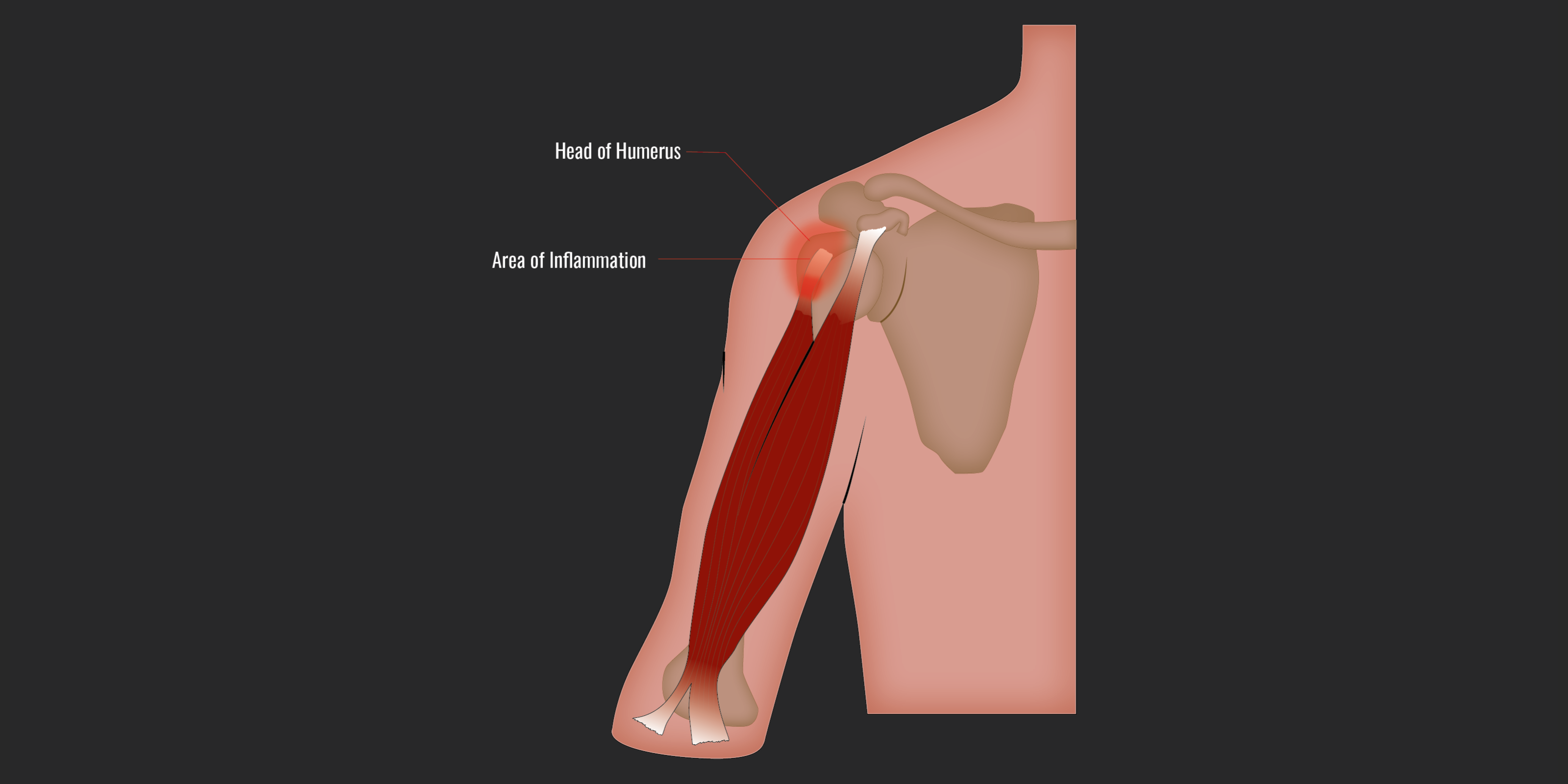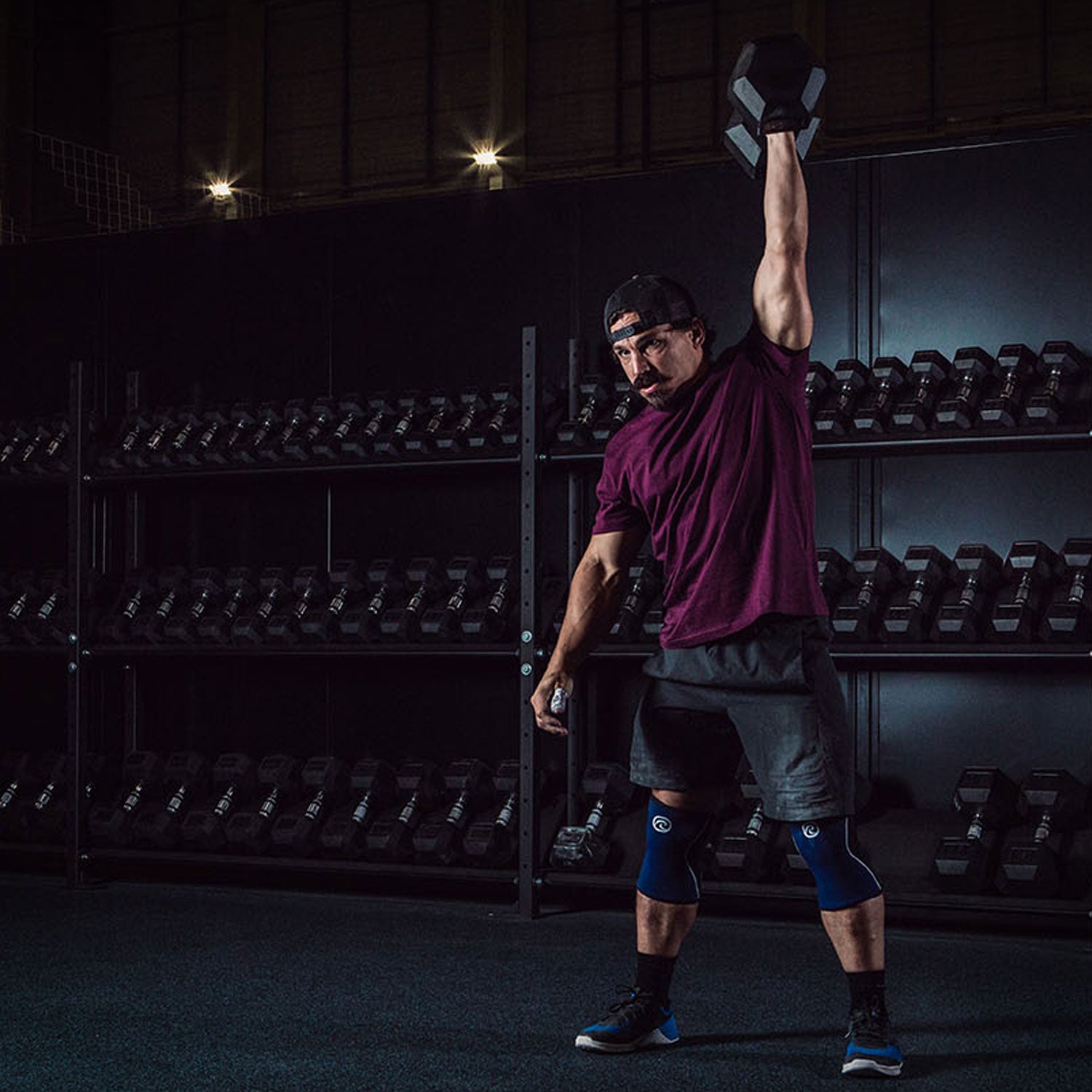
Understanding Throwing Shoulder
Throwing shoulder is a common condition that affects athletes who engage in repetitive throwing motions, such as handball and baseball players, quarterbacks and tennis players. This injury typically develops over time due to the cumulative stress placed on the shoulder joint and its surrounding structures. The mechanics of throwing involve a complex interplay of muscles, tendons and ligaments that work together to generate power and precision. Over time, the repetitive nature of these motions can lead to inflammation, wear and tear, and ultimately injury.
One of the primary causes of throwing shoulder is rotator cuff injuries, where the tendons and muscles surrounding the shoulder become damaged. This can occur due to overuse, leading to tendonitis or tears. Another common issue is labral tears, which involve damage to the cartilage that stabilizes the shoulder joint, often caused by the excessive force generated during a throw. Biceps tendonitis, where the tendon connecting the biceps to the shoulder becomes inflamed, is also frequently seen in throwers due to the repetitive overhead motion.
Managing the Throwing Shoulder
Throwing shoulder can cause a variety of pain, stiffness and a decreased range of motion. Athletes may also experience a sensation of weakness or instability in the shoulder, which can hinder performance. In some cases, swelling or tenderness may be present, particularly in the front or outside of the shoulder.
Treatment for throwing shoulder typically begins with rest and modifications to throwing techniques to reduce strain on the shoulder. Physical therapy is often recommended to strengthen the shoulder muscles, improve flexibility and restore range of motion. In more severe cases, anti-inflammatory medications or corticosteroid injections may be necessary to alleviate pain and swelling. If conservative treatments fail, surgical options may be considered to repair damaged structures within the shoulder.
Throwing shoulder is a significant concern for athletes engaged in sports that involve repetitive throwing. Understanding its causes, symptoms and treatment options is crucial for effective management and recovery.

Possible Causes
- Imbalance in the muscle work around the shoulder
- Hypermobility or tightness in the area around the shoulder or shoulder blade
- A significant increase in throwing frequency
- Inflammation of the muscles or tendons around the shoulder joint
- Shoulder instability
Symptoms
- Pain during throwing or overhead activities
- Stiffness in the shoulder joint
- Decreased range of motion
- Weakness or instability in the shoulder
- Swelling or tenderness
- Changed movement pattern during the throwing motion
- Pain after exercise in the upper arm, shoulder or shoulder area
Treatment
- Rest and activity modification
- Physical therapy (strengthening and flexibility exercises)
- The rehab programme aims to achieve full mobility in the shoulder, strengthening weak muscles and restoring coordination between the shoulder blade and upper arm
Disclaimer: No Medical Advice
The content on this website is for general informational purposes only and does not constitute medical advice, diagnosis, or treatment. Always seek the advice of your physician or another qualified health provider with any questions you may have regarding a medical condition or injury.
While we strive to provide accurate and up-to-date information, we make no warranties regarding the completeness, accuracy, or reliability of the content. Use of this information is at your own risk.
In case of acute pain, persistent complaints or health emergencies, please contact medical professionals or the emergency services immediately.
Recommended Rehband Products

Shoulder Dislocation
Learn about shoulder dislocations, including causes like falls and trauma, symptoms such as severe pain and immobility, and essential treatments. Discover how proper diagnosis and rehabilitation can prevent future dislocations and restore shoulder function for athletes.

Overuse/inflammation in shoulder
Read our quick guide about overuse/inflammation in muscles and tendon insertions around the shoulder joint and the possible causes, symptoms and treatment.



